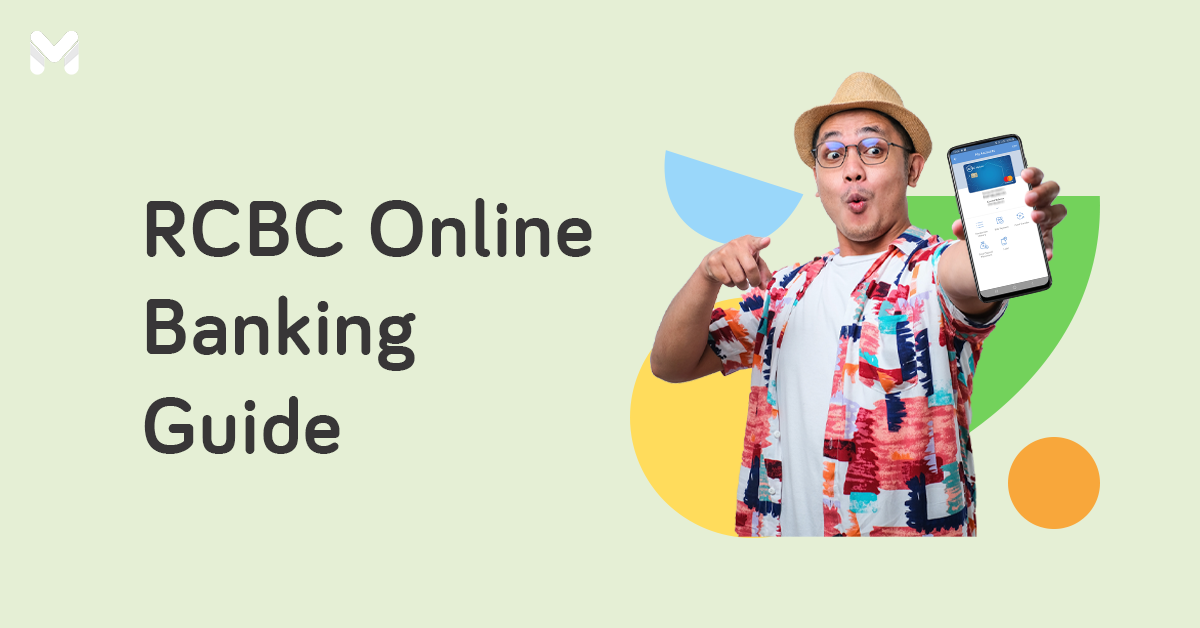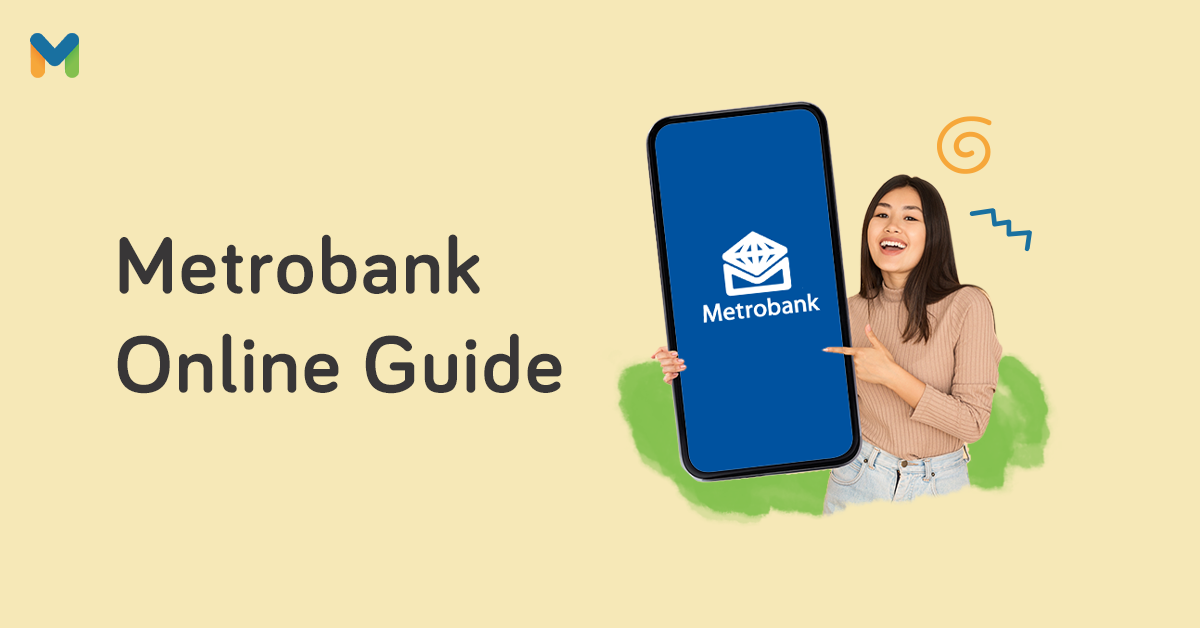Even in a country full of internet users, a lot of Filipinos hesitate to use online banking. Plenty of Filipinos question if online banking is still safe.
However, in the past couple of years, the Philippines began slowly adapting to a cashless economy. According to a study by Visa, [1] 84% of Filipinos tried cashless payment methods in 2021, perhaps largely due to the COVID-19 pandemic.
If you need a little more encouragement, here are the advantages and disadvantages of online banking so you can decide if you want to try it out yourself.
Advantages and Disadvantages of Online Banking in the Philippines
Benefits of Online Banking
-Jan-11-2023-08-58-18-8422-AM.png?width=674&height=449&name=Pics%20for%20blog%20-%20600x400%20(6)-Jan-11-2023-08-58-18-8422-AM.png)
In the Philippines, major banks in the country provide websites and mobile banking apps, so their customers can perform most banking transactions online.
Here are reasons why you need to try online banking:
👍 Convenient Banking
With online banking, you need just a desktop, a laptop, or a smartphone, plus an internet connection. A few clicks here and there, and voila, you can now do basic transactions like balance inquiries, fund transfers, and bills payments without heading to the nearest bank.
You can also access your account on weekends and holidays. If you’re in an emergency, or just tired of long lines and clunky ATMs, your best bet is online banking.
Also, even the least tech-savvy person can find their way around banking websites, most of which are user-friendly and intuitive enough for beginners.
Related reading:
- UnionBank Online Banking: How to Bank Using Your Smartphone
- RCBC Online Banking Guide to Manage Your Finances at Home
- A Quick and Easy Guide to Using Security Bank Online
👍 Speedy Banking
No need to wait for tellers to process your simple banking concerns—it's something you can now do in seconds. Expect fund transfers to reflect the instant you send them to your receiver. You can easily check your account balance and transaction history in just a few clicks.
Except for when your bank undergoes major updates, your banking app won’t fail you on your banking needs.
👍 Fewer Transaction Fees
Since you no longer have to visit ATMs or tellers for most of your banking transactions, this means you can bid unnecessary ATM fees goodbye! Granted, you may sometimes have to pay fees for transfers and other online transactions, but there are ways to avoid these.
👍 Paperless Banking
Since it's paperless, online banking also promotes an eco-friendly lifestyle. You can finish all your banking on your computer or smartphone, so there’s no need for paper clutter. You don’t have to keep important banking papers that eat up space in your wallet or desk.
Just generate digital copies of your bank statements, invoices, bills, receipts, and other documents on your online banking app. This prevents the senseless cutting of trees just to make more paper products.
👍 Secure Banking
Most Filipinos' primary concern about online banking all boils down to security. Luckily, banks go the extra mile to make online transactions secure.
For starters, banking websites are equipped with Secure Sockets Layer (SSL) technology[2] that secures the connection between your browser and the banking website. Meanwhile, mobile apps come with security features like One-Time Password (OTP) and fingerprint login.
👍 Responsible Banking
With instant access to your bank accounts, you can manage your money properly. Since the entire banking process is contained on your personal device, you can easily track your expenses and earnings. At a glance, you can monitor your current balance at a glance and determine if you're going way over your budget.
You can also detect any unauthorized withdrawals and money transfers. This allows you to immediately report any fraudulent transactions to your bank's online customer service feature.
Disadvantages of Online Banking
-Jan-11-2023-09-22-01-8600-AM.png?width=674&height=449&name=Pics%20for%20blog%20-%20600x400%20(7)-Jan-11-2023-09-22-01-8600-AM.png)
While online banking sounds amazing, it isn't without its drawbacks. Here are the disadvantages of online banking.
👎 Internet Access
Sadly, the country’s poor internet quality can’t always keep up with online banking innovations. Reliable banking apps are great and all, but they won’t work if there’s no internet. In the provinces where getting a decent connection is still a problem, online banking continues to be a pipe dream.
As the Philippine government works on improving internet connectivity in rural areas,[3] more Filipinos may sooner or later enjoy the benefits of online banking.
👎 Limited Availability
While online banking makes online shopping a breeze, it's not always available as a payment option in physical stores, especially smaller ones such as your local sari-sari. You'll still need to keep cash handy for these kinds of transactions.
After all, 44% of Filipinos remain unbanked,[4] so it makes sense that online banking isn't available for all businesses just yet.
👎 Security Threats
Is online banking safe in the Philippines? Despite best efforts to craft secure banking websites and apps, security threats continue to proliferate. Most of these threats involve social engineering where users get tricked into giving their credentials to hackers.
Even if online banking websites are protected by SSL, a potential victim can get duped into sharing their password through phishing, fake emails and websites, and other scams.
While these security threats exist, there are ways to avoid online scams. Just follow these useful security tips for a secure online experience.
Final Thoughts
There's no denying the impact of electronic banking in the Philippines—in the first semester of 2022 alone, there were 1.4 million recorded electronic payments and financial transactions.[5] It's ushering in a new cashless economy where everything’s online.
While it's best to fully maximize its benefits, don't forget to weigh the advantages and disadvantages of online banking before taking the plunge.
Sources:











